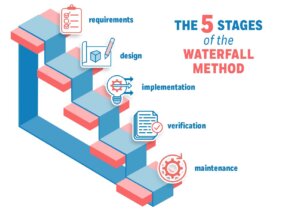I was recently teaching a course where the discussion turned to project resourcing, and the problem of people being stretched more thinly than ever. I suggested to the student that maybe her company’s mechanism for “project selection” needed to be revisited with her management, so that the number of projects could be decreased until the excessive workload was completed. “There would be no point” she said, “my manager says ‘yes’ to everything”. A few other students nodded in sad agreement, hinting that they faced a similar behavior.
It was very unfortunate because the responsibility of a company’s management is, precisely, to prioritize in the face of constrained resources. It is not to take the easy way out, “say ‘yes’ to everything”, and demand that teams work under stressful conditions. Although it may look like such a manager is being cooperative, this is not the case. The result will be disappointed customers, or overworked employees who will become ill or leave the business. In other words, ‘saying yes to everything’, while easy, is not sustainable. It also doesn’t merit the higher salary that managers command for supposedly making thoughtful and informed decisions about organizational resources.
The PMBOK® methodology from the Project Management Institute is very clear on the topic of project selection. Its best-of-breed steps recommend starting, not by Planning a project, but with a proper Initiation of the project. What happens during Initiation? The feasibility of performing the project, in light of other proposals/ requirements/ constraints is studied and deliberately approved. This exercise can only be effective if the entire portfolio of possible projects is considered and prioritized, to make sure that only the more worthy projects are the ones formally selected. Formal selection means then, being willing to invest enough resources to deploy the effort successfully.
Can this mix of ‘selected’ projects change? Yes, certainly. A few months after the entire portfolio is prioritized, new potential projects can be discovered that merit ‘selection’. In this case, some previously selected projects may have to move to the back-burner, or another source of funding identified to deliver the new mix of projects.
We could think of the whole exercise as a household’s budget. It is finite and constrained, so which expenses will be a part of the budget need to be prioritized and deliberately selected. If suddenly it becomes critical to have little Timmy take guitar lessons, then something else will have to fall out of that budget. And it becomes obvious that the household can’t “just say yes to everything”.
—————————
For more resources, see the Library topic Project Management.
—————————
 Sections of this topic
Sections of this topic












